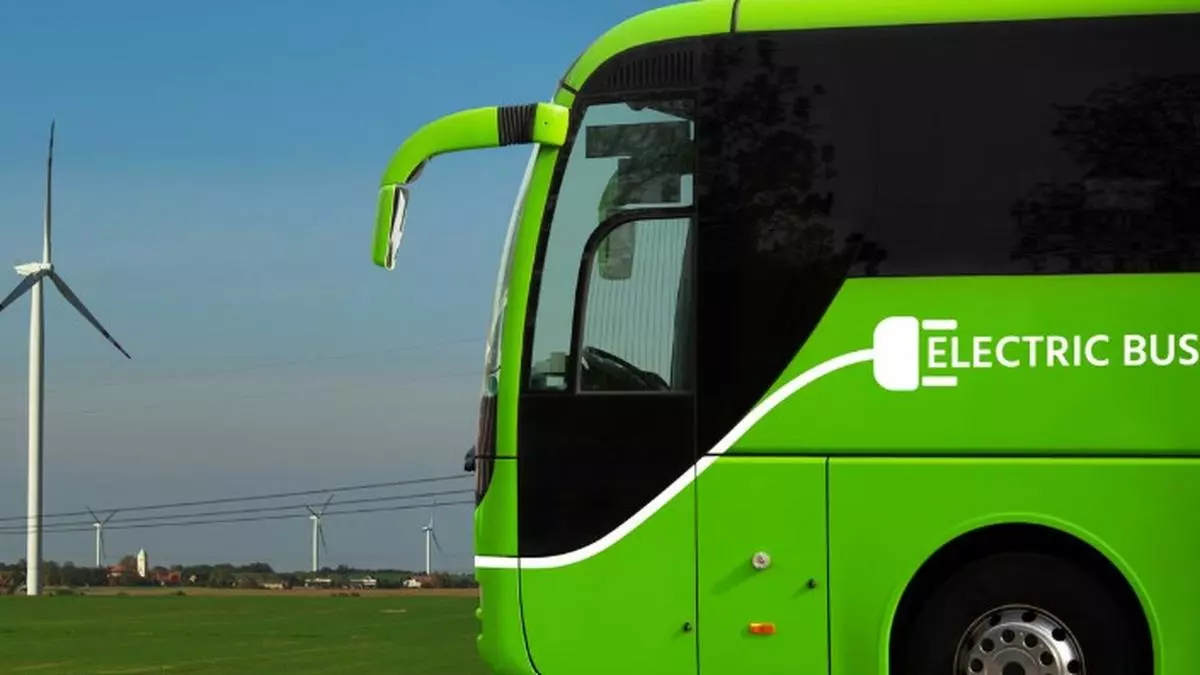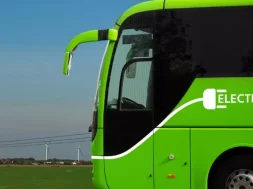
In Short : The Indian government may reduce per-unit subsidies for e-buses under the PM E-Drive scheme to support a wider rollout. With cities requesting over 15,000 e-buses, exceeding the 14,028-unit target, subsidy adjustments could ensure broader adoption. This move aims to distribute funds equitably while promoting eco-friendly public transport across more urban centers.
In Detail : The Indian government is considering a reduction in per-unit subsidies for electric buses under the PM E-Drive scheme. This adjustment aims to ensure that more cities can benefit from the scheme without increasing the overall budget allocation. Currently, subsidies range from ₹20-35 lakh per e-bus, depending on the vehicle’s capacity and specifications.
Several cities, including Hyderabad, Surat, Bengaluru, and Pune, have already requested subsidies for over 15,000 e-buses. This demand surpasses the initial scheme target of 14,028 units, which was backed by a funding allocation of ₹4,391 crore. With increasing interest from more cities, the government is looking at ways to distribute the funds more efficiently.
Cities such as Ahmedabad, Mumbai, Chennai, Kolkata, and Delhi are also expected to seek support for e-buses. Given the rising demand, the government is exploring a strategy to cut per-bus subsidies, ensuring that financial assistance reaches a greater number of urban centers. This approach could allow more states and municipalities to benefit from the scheme.
The proposed subsidy revision is driven by the need to accelerate the adoption of electric buses across India. A broader rollout would support the government’s long-term goal of reducing carbon emissions and promoting cleaner, more sustainable public transport. However, reducing subsidies might require cities to find additional funding sources to cover the cost of e-bus procurement.
Despite potential challenges, the government remains committed to expanding electric mobility in public transportation. Authorities believe that a wider distribution of funds, even at a reduced per-unit rate, will still incentivize state and municipal transport bodies to invest in e-buses. A well-balanced approach could help maintain the momentum of electrification in urban transport networks.
With India pushing for a greener future, efficient resource allocation is crucial to ensuring that sustainable transport solutions reach more cities. The revised subsidy plan, if implemented, could play a key role in scaling up electric mobility while maintaining fiscal prudence. The government is expected to finalize the changes soon, considering feedback from stakeholders.











